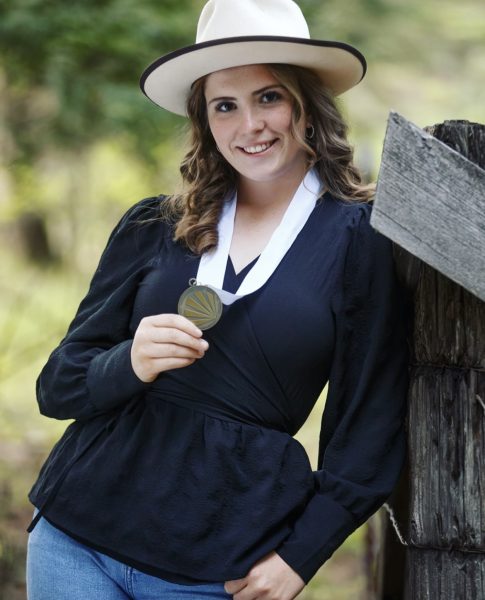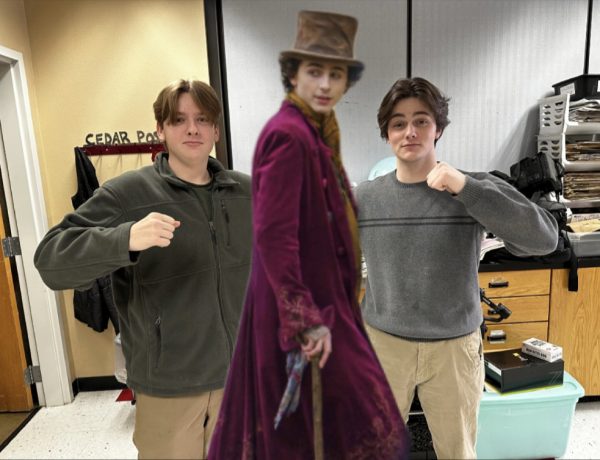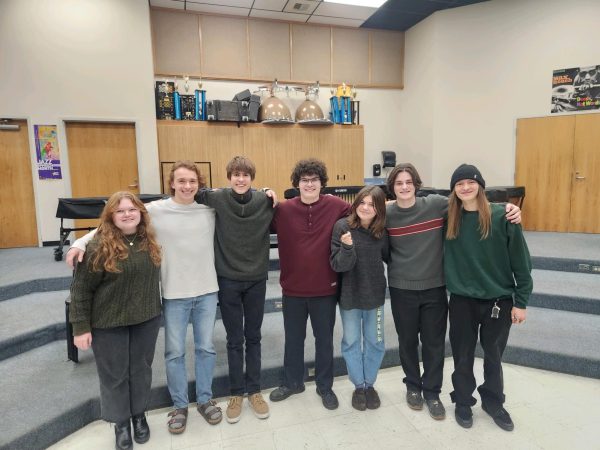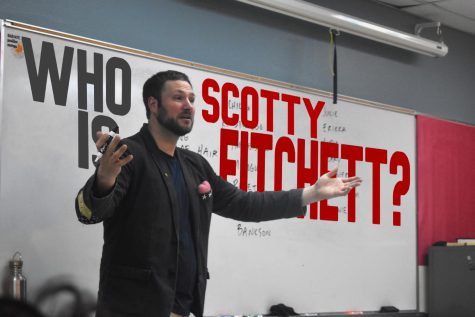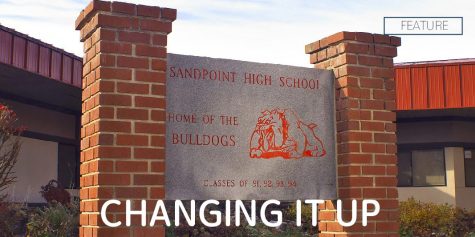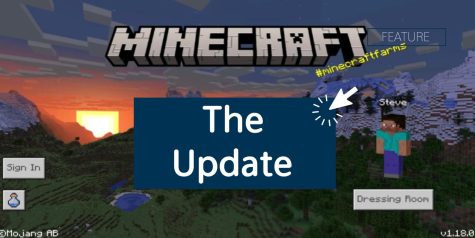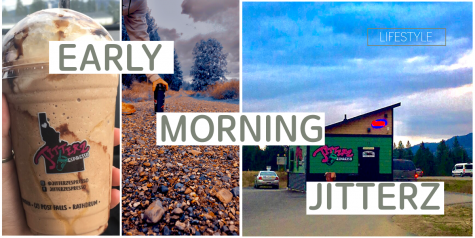LEVY MEETING
The school levy funds a majority of technology at Sandpoint High School, among many other things
On Feb. 18, Lake Pend Oreille School District Superintendent Shawn Woodward met with parents and community members at Sandpoint High School to present information about the 2015 Replacement Supplemental Levy.
The upcoming vote on March 10, 2015 is for a two-year levy which totals $15,767,484 split evenly over 2016-17 with a total of $7,883,742 each year. The current instructional levy is for the same total of $7,883,742 for 2015. The replacement levy will fund one third of district staff members, all academic and athletic extracurriculars, all curriculum materials (books, et cetera), and technology upgrades and staff.
“In our school district right now, we are only running one levy, a supplemental levy […] it’s shocking to a lot of people that the levy funds literally one third of our staff,” Woodward said.
This levy will last for two years in the Lake Pend Oreille District if it passes, but after the levy expires, the option to have a permanent levy will come into play.
“This is not a permanent levy; this is just a two-year levy. If we pass this on March 10, then we will be eligible to go out for a permanent levy which is called a ‘permanent override levy.’ In the state of Idaho, if for seven consecutive years you are relying on greater than 20 percent of your [the district’s] revenue from local property taxes, then you qualify for a permanent override. So if we pass this, then next year will be year seven for us. Then the Board of Trustees will have to deliberate […] and decide if they want to ask the voters to make it permanent. That’s a big ‘if,’” Woodward said.
While the levy provides a large proportion of funding for the school district, funding does come from other avenues as well, including state and federal funding.
[The state provides us] with roughly 17.5 million which is better than in years past and next year it will be about 7% more than this year […] the tough thing for us is that […] most of the increase in funding from the state level will be non-discretionary. We don’t have any choice in how we spend it, they [the state] give it to us and say ‘this is how you have to spend it,’
— Shawn Woodward
“[The state provides us] with roughly 17.5 million which is better than in years past and next year it will be about 7% more than this year […] the tough thing for us is that […] most of the increase in funding from the state level will be non-discretionary. We don’t have any choice in how we spend it, they [the state] give it to us and say ‘this is how you have to spend it,’” said Woodward.
This non-discretionary spending can be a challenge on the local level where issues are unique to the rural nature of the school district. The spending that works in the more populous areas of southern Idaho may not be the best fit for districts in the north like Lake Pend Oreille.
Woodward also mentioned the performance of different schools in the district, “I think we are doing a really good job, but we have to get better,” he said.
10 of the 11 schools in the Lake Pend Oreille School District are rated either four or five stars, which is the highest percentage of four- or five-star ratings in the state of Idaho. In addition, several schools at all grade levels in the district have been recognized on the national level for achievement and student growth.
“In the past year, Sandpoint High School was the number-one ranked school as far as the SAT is concerned for like-sized high schools. There are thirteen other high schools with the same size junior class, and they [Sandpoint High School] were number one in Reading, Math and Critical Writing,” Woodward said.
Even though many aspects of the current overall school system are working, Woodward hopes to make changes in the coming years to provide “a more complete menu” of options individualized for the different needs of families in the community, especially with home school families and private school families in mind.
“There ought to be all kinds of vehicles for student learning in place because what works for one child and one family doesn’t work for another one,” he said.
Overall, the success or failure of this levy will depend on the voters on March 10. Community members may also vote in room 124 on the first floor of the Bonner County Administration Building at the corner of U.S. Highway 2 and Division until 5:00pm on March 6.
“Until March 6 people can walk in and vote prior to election day instead of going and getting that absentee ballot, filling it out […] you can vote,” Stacy Temple, a Sandpoint High School parent and C.A.R.E. founder, said.
“We know next year that every school will be open. If we don’t pass a levy, that’s another story,” said Woodward.

Sarah Wells is a senior and is News Editor (first semester) and Photo Editor (year-long) for the Cedar Post. This is her second year on staff.



